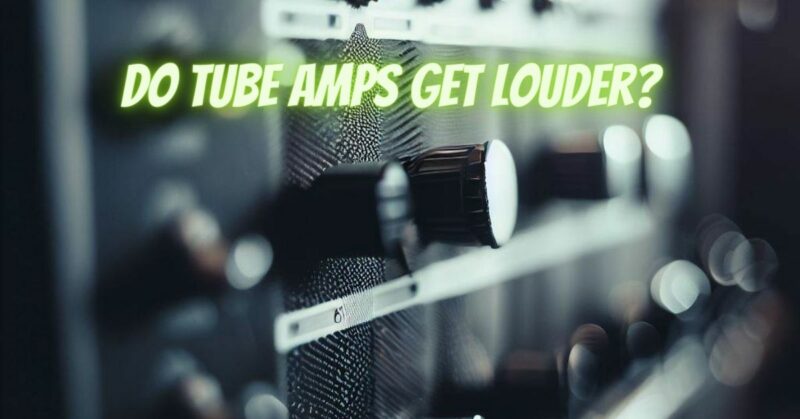The world of audio amplification is rich with diversity, ranging from solid-state to tube amplifiers, each with its unique characteristics. Among the myths surrounding these amplifiers is the notion that tube amps inherently produce more volume than their solid-state counterparts. Let’s delve into the science behind amplification and clarify whether tube amplifiers truly have a volume advantage.
Understanding Amplification:
Tube Amplifiers:
Tube amplifiers, also known as valve amplifiers, utilize vacuum tubes to amplify audio signals. These tubes provide a warm and harmonically rich sound prized by many audiophiles. Tube amps are often associated with vintage aesthetics and an organic, natural tone.
Solid-State Amplifiers:
Solid-state amplifiers employ transistors and integrated circuits to amplify audio signals. They are known for their efficiency, reliability, and ability to deliver a cleaner and more accurate sound.
The Volume Myth:
The belief that tube amplifiers inherently produce more volume is a common misconception. In reality, neither tube nor solid-state amplifiers inherently produce more volume; both types can achieve high volumes, and the actual loudness depends on multiple factors.
Factors Influencing Volume:
Wattage:
The wattage of an amplifier is a significant factor in determining its potential volume. Generally, higher-wattage amplifiers can achieve louder sound levels. However, it’s important to note that the perceived loudness doubles with every 10 dB increase, which means a small increase in wattage doesn’t necessarily result in a significant volume boost.
Efficiency and Sensitivity:
Different speakers have varying sensitivities, which measure how effectively they convert electrical signals into sound. More sensitive speakers require less power to achieve the same volume level. A speaker with higher sensitivity paired with a lower-wattage amplifier might produce similar volume to a less sensitive speaker paired with a higher-wattage amplifier.
Design and Circuitry:
The design and circuitry of an amplifier play a role in how efficiently it delivers power to the speakers. Different amplifier designs can result in variations in perceived loudness even at the same wattage.
Overdrive and Distortion:
Tube amplifiers are often associated with natural overdrive and distortion as they approach their limits. This distortion can give the illusion of increased volume due to the additional harmonics and saturation. This phenomenon is more pronounced in tube amps and can contribute to the perception that they produce more volume.
While it’s a myth that tube amplifiers inherently produce more volume, they offer a distinct sound character that might give the impression of increased volume due to their harmonic-rich overdrive characteristics. The volume you achieve from any amplifier—tube or solid-state—depends on wattage, speaker sensitivity, and amplifier design.
Ultimately, the choice between tube and solid-state amplifiers should be based on the sound qualities you seek rather than a pursuit of sheer volume. Both types of amplifiers have their strengths and limitations, and the right choice depends on your musical preferences, playing style, and the overall tonal experience you desire.


